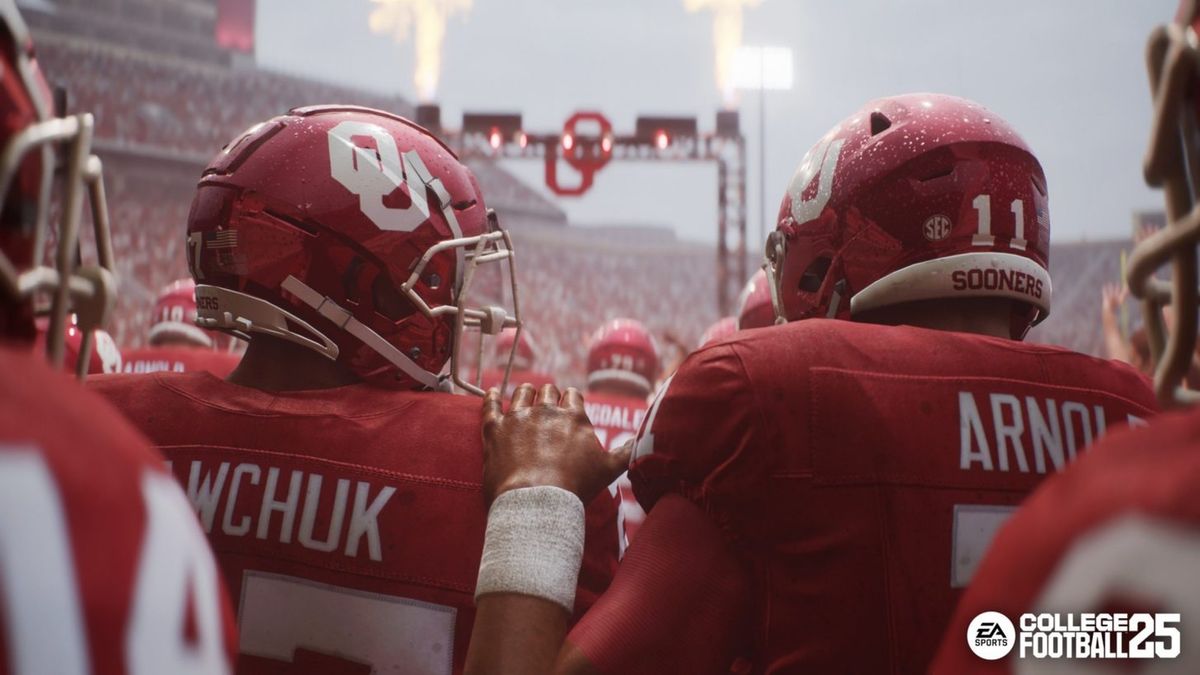Football fans everywhere are grabbing their controllers, because EA Sports released “College Football 25” on July 19. While sports games are not a new phenomenon, this one comes amid a flood of anticipation, as it’s the first NCAA-licensed college football video game in over a decade.
The return of the franchise, which had been on hiatus since “College Football 14” was released in 2013, marks another milestone in the ability of college athletes to earn money from their likenesses. And some experts are now saying that the release of “College Football 25” could usher in a new era in sports video gaming.
For years, NCAA players were not allowed to make money off their name, image and likeness (NIL), so to “comply with amateurism rules, college sports titles like the popular NCAA Football franchise long had to fill those rosters with thinly veiled stand-ins,” said The New York Times. This practice “came under fire as the push to pay college athletes gained steam,” and eventually EA decided to shelve the game amid growing lawsuits.
Subscribe to The Week
Escape your echo chamber. Get the facts behind the news, plus analysis from multiple perspectives.
SUBSCRIBE & SAVE
Sign up for The Week’s Free Newsletters
From our morning news briefing to a weekly Good News Newsletter, get the best of The Week delivered directly to your inbox.
From our morning news briefing to a weekly Good News Newsletter, get the best of The Week delivered directly to your inbox.
But in 2021, the Supreme Court upheld a decision that the “NCAA rules limiting education-related compensation violated [antitrust laws],” said the Harvard Law Review. The NCAA complied with this ruling, meaning that “college athletes were finally permitted to be paid for utilizing their name, image and likeness,” which “allowed EA to compensate the players it profits from,” said The Seattle Times. Work on “College Football 25” began soon after this, as there was “no question the company would return to college sports,” Cam Weber, the president of EA Sports, said to the New York Times.
It wasn’t easy though, as “building the rosters for every Division I team from scratch was a technical challenge for EA Sports,” the Times added. The studio “created a machine learning tool to build player likenesses and spent more than $6 million to secure athlete participation.” Each player who participated receives $600 for their spot in the game.
The return of “College Football 25” is “bringing back a crucial cultural piece to college football,” said The Athletic. Beyond this, in a “shrewd sense of irony, the lawsuit that spelled its doom is a crucial part of the game with NIL playing a role in recruiting players.”
Even after being dormant for more than 10 years, the NCAA Football franchise still has a strong fandom, and the “fervent following the game has maintained over the years despite its absence lies in the minutiae of the sport itself,” said The Athletic. The new edition could make college sports grow, as it “will help endear players from random schools everywhere to gamers who are seeking out a fleet-footed quarterback or a tackling machine cornerback to blitz off the edge.”
For a “certain kind of person — typically speaking, a sports-enjoying dude born between 1985 and 2000,” the game is the “most highly anticipated media in ages,” said Mashable. There is “no overstating the excitement surrounding the release of this game, especially in the sports world.”
Beyond the fandom, there is a “level of interest from schools and administrators” that “view the game as an opportunity for brand exposure among younger generations and future applicants,” said The Washington Post. Colleges are “struggling to reach younger fans, and they recognize that being a part of a mass market video game offers enormous marketing potential that they couldn’t pay for any other way,” sports journalist Matt Brown said to the Post. This is “particularly true for HBCU institutions that recognize this is a way to remind people what makes their culture and school environment special.”











